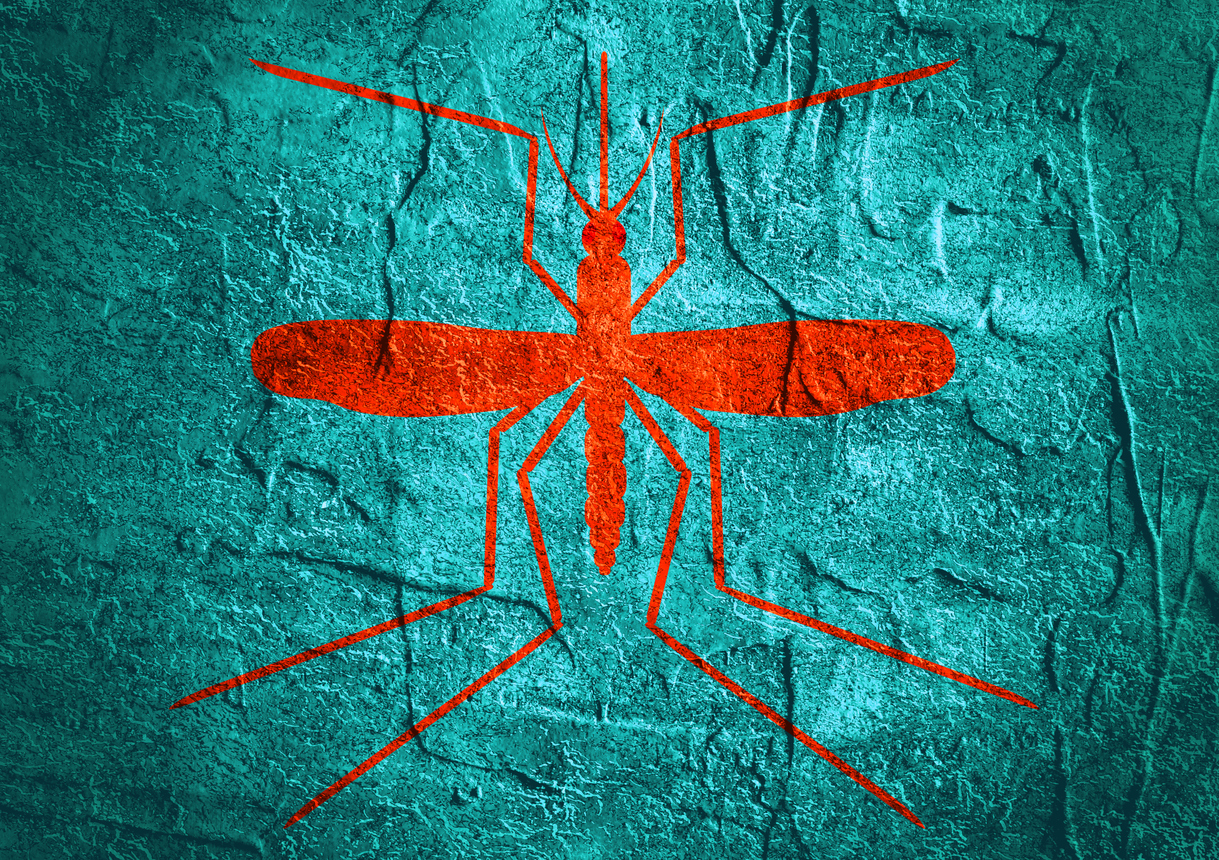Media Release
From: Springer NatureGenetic engineering can drive mosquitoes to early grave
A new gene drive can cause the complete collapse of caged malaria-carrying mosquito populations, reports a paper published online this week in Nature Biotechnology. No mutations arose to block the drive’s spread in lab experiments, making this the first gene drive with the potential to work in the wild.
Gene drives are built to spread specific genes throughout a population within a few generations by biasing inheritance of the genes in offspring. In mosquitoes, CRISPR-based gene drives can transmit specific genes to 99% of offspring, compared to the 50% transmission rate expected for regular genes. A gene drive designed to reduce female mosquito fertility was previously shown to spread in caged insects and reduce the size of their population. However, follow-up experiments found that the mosquitoes eventually developed resistance to the gene drive, which prevented further spread, meaning that that particular strategy would not work in the wild to eliminate mosquitoes.
Andrea Crisanti and colleagues report a new CRISPR-based gene drive designed to target the highly conserved sex-determination pathway in the malarial mosquito Anopheles gambiae. They find that the gene drive spreads rapidly in caged mosquitoes without them developing resistance. This causes a complete population collapse, which has not been achieved before.
The authors conclude that the rapid and complete spread of this gene drive, together with the absence of resistance, make confined field trials a realistic next step.



Expert Reaction
These comments have been collated by the Science Media Centre to provide a variety of expert perspectives on this issue. Feel free to use these quotes in your stories. Views expressed are the personal opinions of the experts named. They do not represent the views of the SMC or any other organisation unless specifically stated.